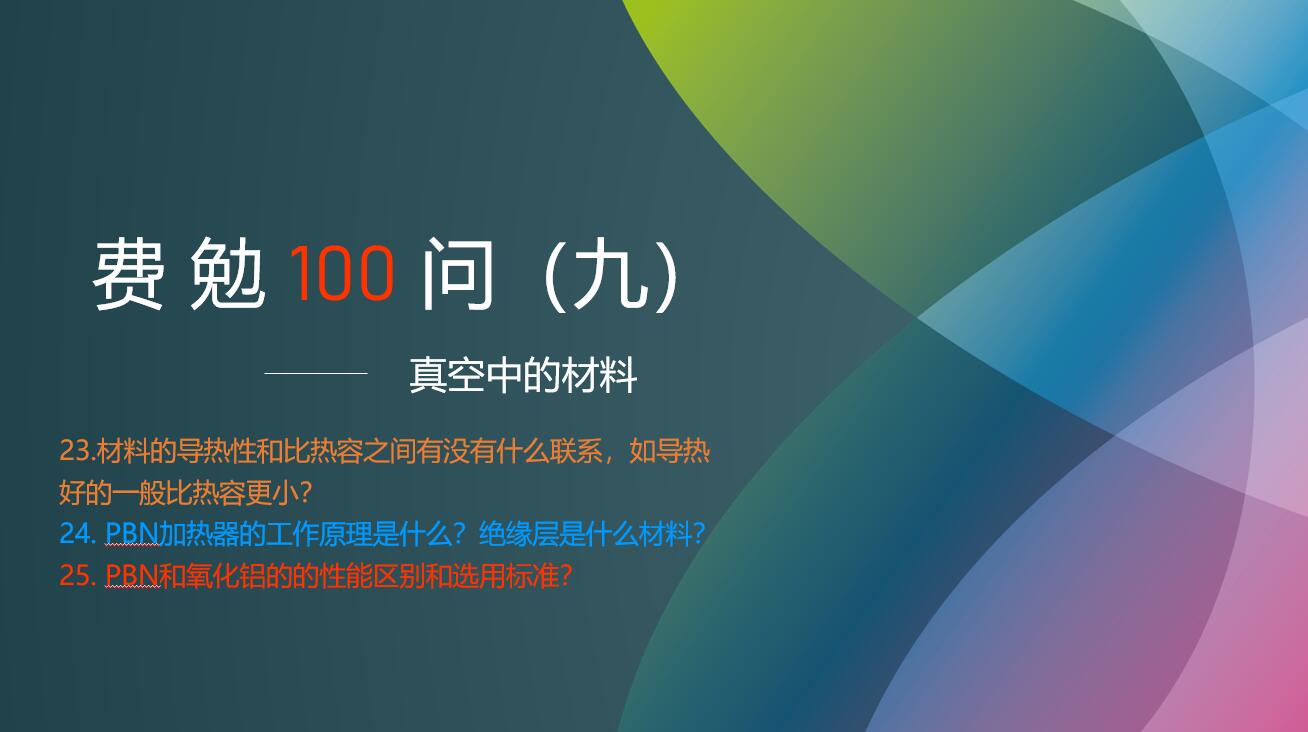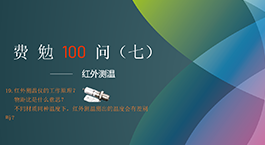Fermion's 100 Questions, Issue 9 | Materials in a Vacuum
If we compare heat to water, then the thermal conductivity and specific heat capacity of unit material can be regarded as the diameter of the water inlet and outlet of the pool and the capacity of the pool respectively. There is no direct relationship between these two parameters.


 中文
中文 021-6525 3206
021-6525 3206
 Your current location:
Your current location: 




